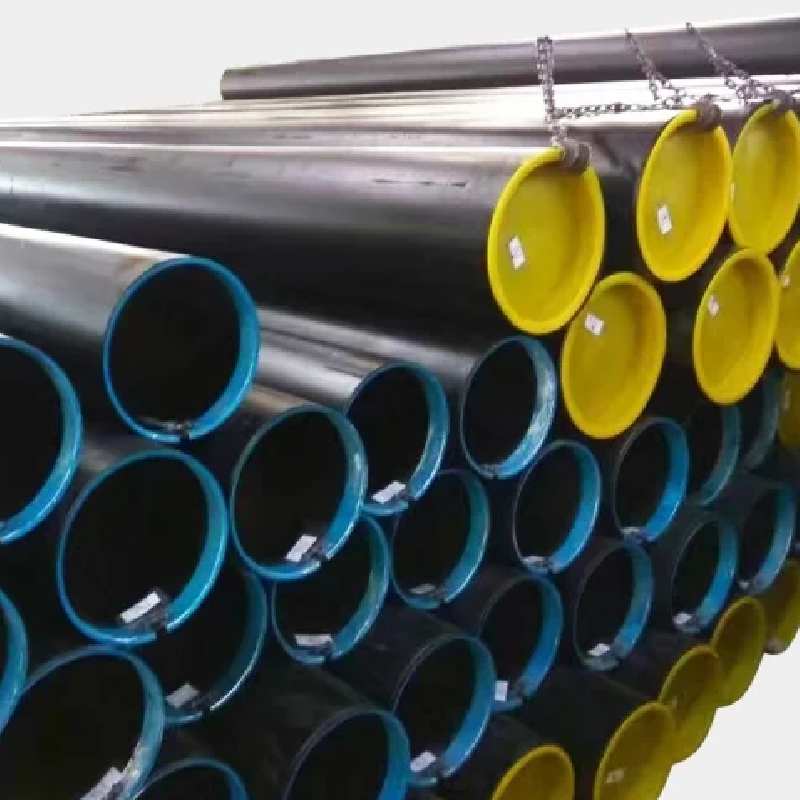-
Cangzhou Yulong Steel Co., Ltd.
-
Phone:
+86 13303177267 -
Email:
admin@ylsteelfittings.com
- English
- Arabic
- Italian
- Spanish
- Portuguese
- German
- kazakh
- Persian
- Greek
- French
- Russian
- Polish
- Thai
- Indonesian
- Vietnamese
- Zulu
- Korean
- Uzbek
- Hindi
- Serbian
- Malay
- Ukrainian
- Gujarati
- Haitian Creole
- hausa
- hawaiian
- Hebrew
- Miao
- Hungarian
- Icelandic
- igbo
- irish
- Japanese
- Javanese
- Kannada
- Khmer
- Rwandese
- Afrikaans
- Albanian
- Amharic
- Armenian
- Azerbaijani
- Basque
- Belarusian
- Bengali
- Bosnian
- Bulgarian
- Catalan
- Cebuano
- China
- China (Taiwan)
- Corsican
- Croatian
- Czech
- Danish
- Esperanto
- Estonian
- Finnish
- Frisian
- Galician
- Georgian
- Kurdish
- Kyrgyz
- Lao
- Latin
- Latvian
- Lithuanian
- Luxembourgish
- Macedonian
- Malgashi
- Malayalam
- Maltese
- Maori
- Marathi
- Mongolian
- Myanmar
- Nepali
- Norwegian
- Norwegian
- Occitan
- Pashto
- Dutch
- Punjabi
- Romanian
- Samoan
- Scottish Gaelic
- Sesotho
- Shona
- Sindhi
- Sinhala
- Slovak
- Slovenian
- Somali
- Sundanese
- Swahili
- Swedish
- Tagalog
- Tajik
- Tamil
- Tatar
- Telugu
- Turkish
- Turkmen
- Urdu
- Uighur
- Welsh
- Bantu
- Yiddish
- Yoruba

Aug . 17, 2024 05:51 Back to list
Carbon Steel Concentric Reducer Specifications and Applications in Various Industries
Understanding Carbon Steel Concentric Reducers
Carbon steel concentric reducers are essential components in various piping systems, used primarily to connect pipes of different diameters while maintaining a consistent centerline. These reducers are valuable in applications ranging from water and oil transportation to chemical processing, where fluid dynamics and material integrity are critical.
What Are Concentric Reducers?
A concentric reducer is a fitting that allows for the transition between two pipes of different diameters with a gradual taper. Unlike eccentric reducers, which maintain an offset centerline, concentric reducers ensure that the flow path remains uniform and central. This design minimizes turbulence and pressure loss, making them ideal for high-flow applications.
Benefits of Using Carbon Steel
Carbon steel is the material of choice for many industrial applications due to its excellent strength, durability, and ability to withstand high pressures and temperatures. The primary benefit of using carbon steel concentric reducers lies in their robustness, making them suitable for environments with harsh conditions. Additionally, carbon steel is more cost-effective compared to other materials such as stainless steel, especially for large-scale projects.
Applications of Carbon Steel Concentric Reducers
1. Oil and Gas Industry Concentric reducers are widely used in the oil and gas sector for pipelines transporting crude oil, natural gas, and refined products. Their ability to withstand high pressure and corrosive substances makes them ideal for this industry.
carbon steel concentric reducer

3. Chemical Processing The chemical industry frequently uses concentric reducers in various processes where different diameters of piping systems are required for optimal chemical flow and reaction efficiency.
4. HVAC Systems In heating, ventilation, and air conditioning (HVAC) applications, these reducers help ensure optimal airflow by connecting ducts of varying sizes, maintaining system efficiency.
Installation Considerations
When installing carbon steel concentric reducers, several factors need to be taken into account to ensure optimal performance. Proper alignment is crucial to prevent stress on the piping system, which could lead to leaks or failures. Additionally, selecting the right size reducer is essential, as improper sizing can result in significant energy losses due to increased turbulence.
Maintenance and Safety
Maintaining carbon steel concentric reducers involves regular inspections for wear, corrosion, and any signs of leakage. The longevity of these components greatly depends on the environment they operate in. In corrosive environments, protective coatings or linings may be required to extend their lifespan.
Safety is paramount, especially when these reducers are used in high-pressure applications. Adhering to industry standards and regulations during installation and maintenance will help mitigate risks associated with equipment failure.
Conclusion
Carbon steel concentric reducers play a vital role in a variety of industrial applications, thanks to their design and material properties. Their ability to connect pipes of different diameters while promoting smooth fluid flow makes them indispensable in many sectors, from oil and gas to water management. Understanding their applications, installation considerations, and maintenance can greatly contribute to the efficiency and safety of any piping system. As industries continue to advance, the importance of reliable components like carbon steel concentric reducers will remain crucial in ensuring operational excellence.
Latest news
-
ANSI 150P SS304 SO FLANGE
NewsFeb.14,2025
-
ASTM A333GR6 STEEL PIPE
NewsJan.20,2025
-
ANSI B16.5 WELDING NECK FLANGE
NewsJan.15,2026
-
ANSI B16.5 SLIP-ON FLANGE
NewsApr.19,2024
-
SABS 1123 FLANGE
NewsJan.15,2025
-
DIN86044 PLATE FLANGE
NewsApr.19,2024
-
DIN2527 BLIND FLANGE
NewsApr.12,2024
-
JIS B2311 Butt-Welding Fittings LR/SR 45°/90° /180°Seamless/Weld
NewsApr.23,2024











